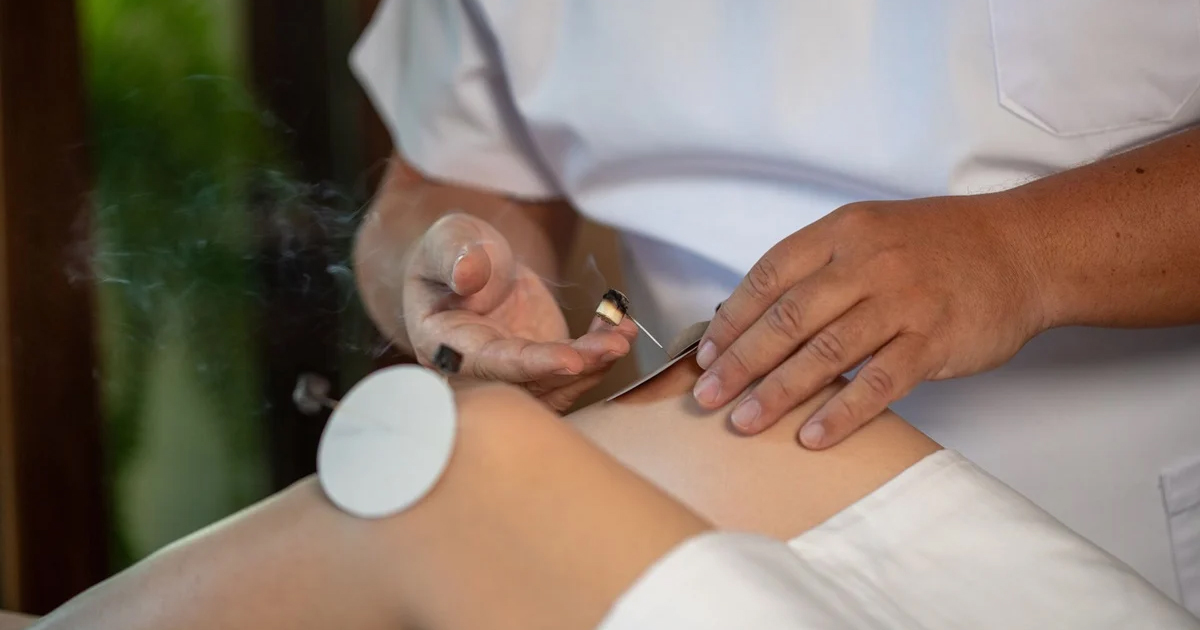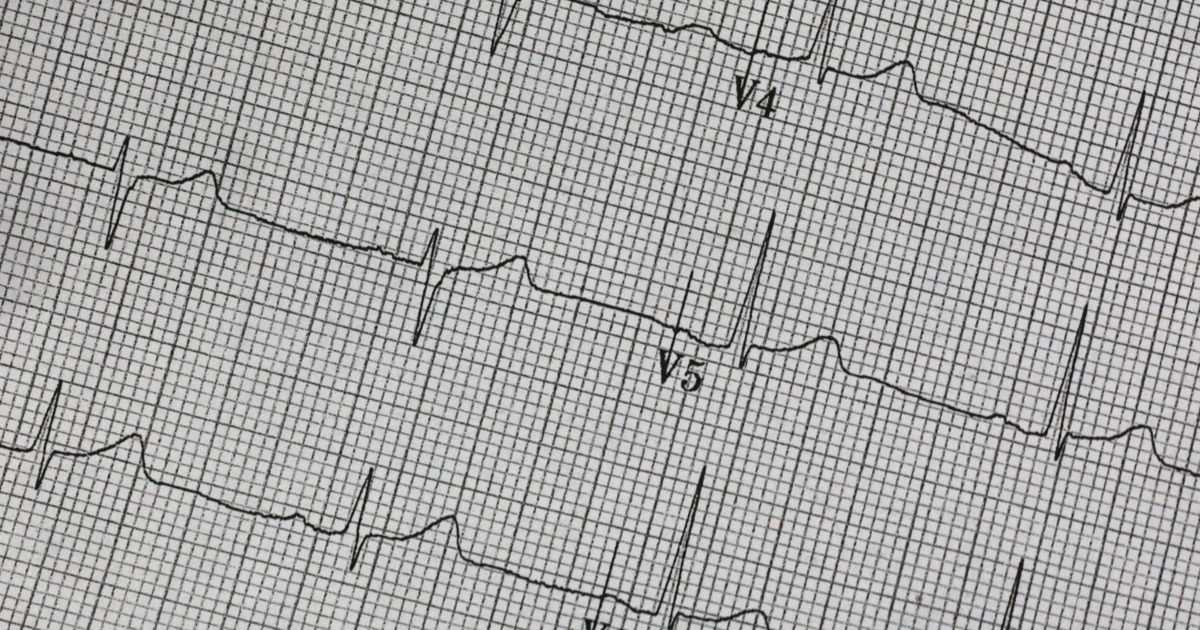Estudio publicado en PLOS Digital Health exploró una prueba basada en teléfonos inteligentes y una caminata de seis minutos para clasificar el riesgo de caída en personas con amputaciones de miembros inferiores.
Los modelos de predicción de caídas son una herramienta muy útil para intervenir tempranamente y evitar accidentes mayores. No obstante, este tipo de modelos suele pasar por alto a personas que viven con una amputación en extremidades inferiores. El estudio publicado recientemente en PLOS Digital Health, detalla cómo los pasos y pisadas con detección automatizada en una caminata de seis minutos, son clave para el cálculo de características de los pasos de personas con amputaciones inferiores. De esta forma los investigadores lograron clasificar el riesgo de caídas en estos pacientes.
Es decir, gracias a la detección automatizada de pisadas mediante un teléfono inteligente conectado al cuerpo en una caminata de seis minutos (6MWT, en inglés), es posible conocer características basados en pasos como lo es el riesgo de caída en pacientes con amputaciones de extremidades inferiores.

El estudio incluyó la participación de 80 personas con amputaciones en extremidades inferiores, 27 con caídas y 53 sin caídas. Además, durante la 6MWT se utilizó un teléfono inteligente colocado en la pelvis posterior, el cual logró recopilar información por medio de la aplicación móvil Walk Test desarrollada por el Centro de Rehabilitación del Hospital de Ottawa (TOHRC).
Los criterios de inclusión del estudio fueron pacientes con: una amputación por debajo de la rodilla o superior: capacidad para caminar con bastón o un par de maletas sin ayuda; seis meses después de la amputación como mínimo; prótesis funcional; y sin heridas en el muñón.
El teléfono móvil detectó automáticamente las pisadas gracias al uso de un enfoque de memoria a largo plazo, y las características de los pasos se calcularon gracias a etiquetas manuales o automatizadas. “Las pisadas etiquetadas manualmente clasificaron correctamente el riesgo de caídas para 64 de 80 participantes (80 % de precisión, 55,6 % de sensibilidad, 92,5 % de especificidad). Los golpes de pie automatizados clasificaron correctamente a 58 de 80 participantes (precisión 72,5 %, sensibilidad 55,6 %, especificidad 81,1 %)”, detalla el estudio.
Los dos enfoques tuvieron una clasificación equivalente pero los golpes de pie tuvieron seis falsos positivos más. Es decir que la investigación demostró que los golpes de pie automatizados en una 6MWT son útiles para el cálculo de características basadas en pasos y para la clasificación del riesgo de caída.
Conoce más sobre este estudio en el siguiente enlace:
https://journals.plos.org/digitalhealth/article?id=10.1371/journal.pdig.0000088







